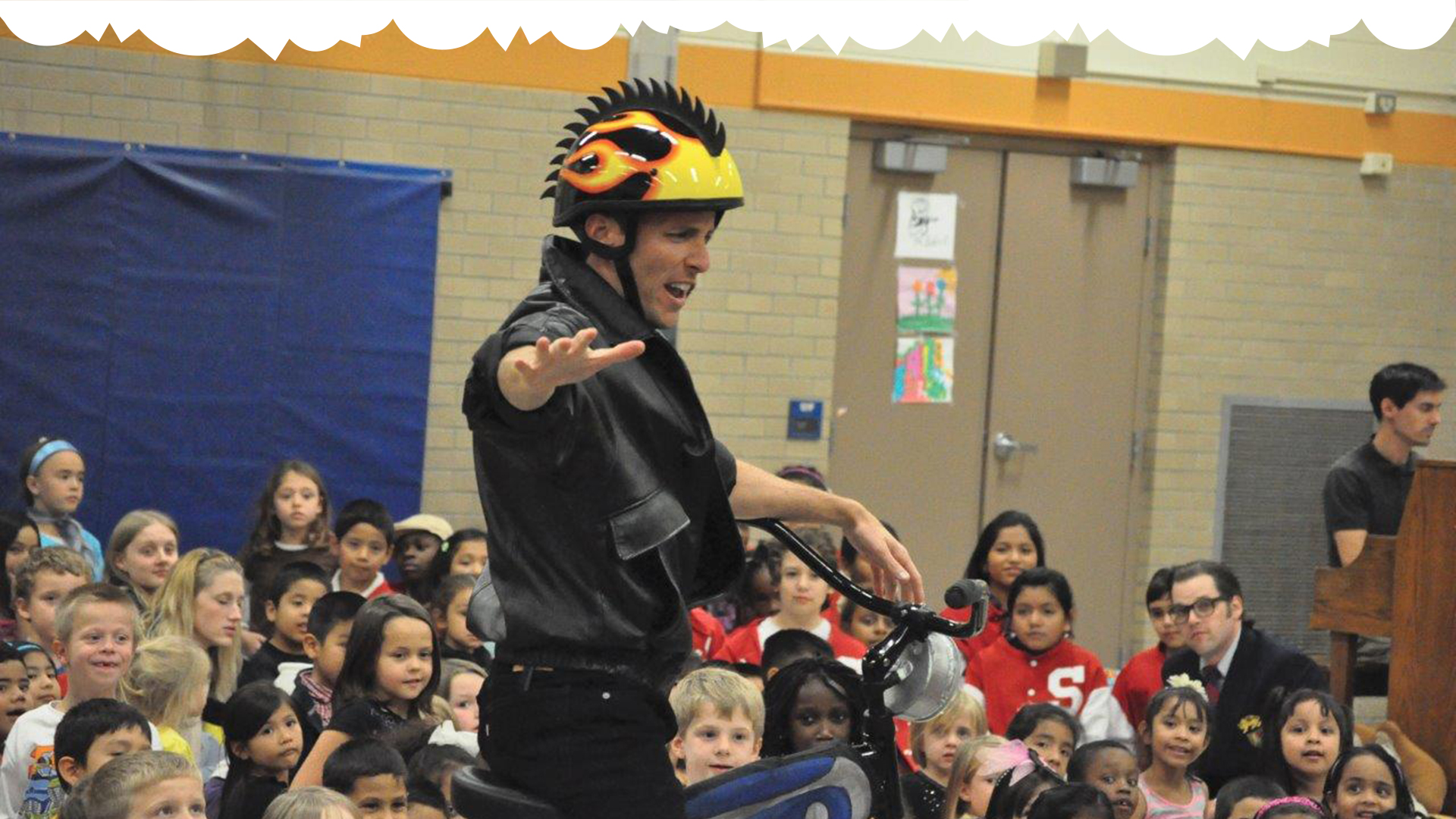THE BARBER OF SEVILLE
Music by Gioachino Rossini
Italian libretto to “Il barbiere di Siviglia” by Cesare Sterbini
Based on the 1775 French comedy “Le Barbier de Séville” by Pierre Beaumarchais
Music adapted by Jeffrey Sykes
Original libretto and stage direction by Diane Garton Edie
Count Almaviva (T), a visiting European royal, sees Rosie (M or S) parade past with her pals from Seville High (SC). Rosie and the Count immediately get crushes on each other despite how quickly Dr. Bartolo (Rosie’s guardian) shoos them apart! The Count hires Figaro (B) to help him. He asks Figaro to say he’s “Lindoro,” a servant, so that Rosie will love him for himself. Figaro suggests “Lindoro” should be a foreign exchange student assigned to Bartolo’s house.
Rosie gives Figaro a love letter for Lindoro who soon comes to Dr. B’s house speaking a crazy mixed-up language. Rosie realizes this kooky guy is Lindoro when he passes a love letter to her. Dr. B sees this and demands the note. Rosie hands him her shopping list instead and Dr. B is furious! Figaro enters and tries to calm everyone, but it takes a Police Officer (SC) to settle things. Lindoro appears again, this time pretending to be Rosie’s substitute music teacher. Figaro joins them, ready to give Dr. B his shave and haircut. Rosie starts her lesson which is interrupted by arrival of the real music teacher, Basil (SC). Madcap antics ensue! Figaro and the Count finally explain everything with help from the Seville High kids. Finally even Dr. B understands the situation and everyone lives happily ever after!
*S – soprano; M – mezzo; T – tenor; B – baritone, SC – student chorus; AV – adult volunteer
NOTABLE FEATURES
- 1950’s setting offers opportunity for whole-school involvement in performance day dress-up
- Children’s roles as Rosina’s friends from Seville High School taps into the timeless appeal to little kids of pretending to be big kids
- Comical shenanigans have clear basis in concept of how love can transcend difference in social status.





